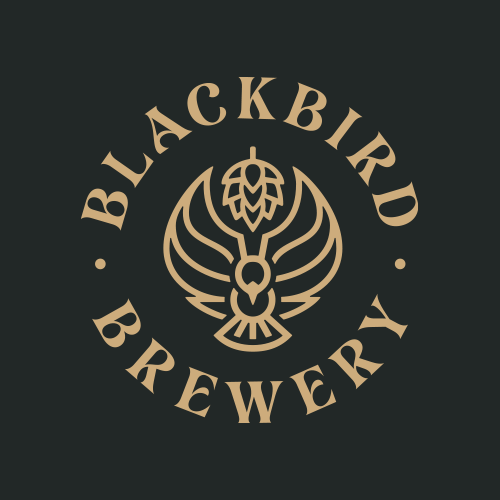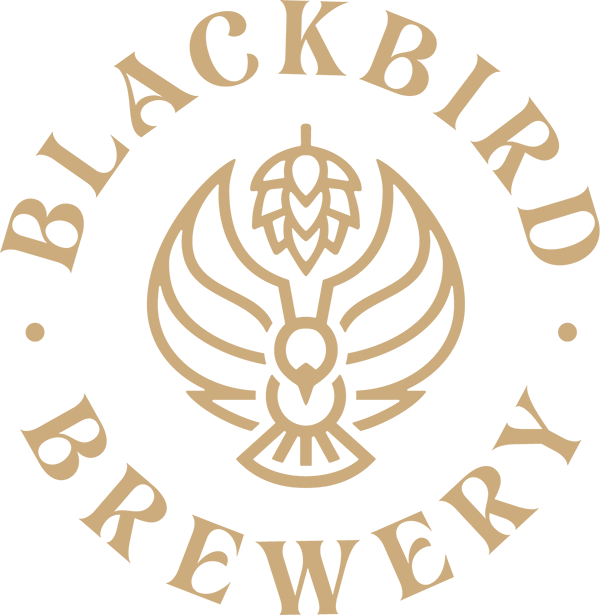Episode 1 of the “Let’s Talk About Beer” Series
In the first edition of the highly anticipated “Let’s Talk About Beer” series, Ian and Mikey break down hops. In the hour-long talk, they cover why brewers use hops, specific qualities of some of the hops they currently have in stock including Hallertau Mittelfrüh, Nelson, Citra Cryo, Mosaic, and Whole Cone Saaz, and how they contribute differently towards flavor and aroma. Read on to scan for areas of interest or click below to re-watch the entire class!
Beginning – Hop inconsistencies: Ian explains the challenges of finding consistency in hops when the same varieties of hops taste different throughout the year. As an artisanal brewery, they are constantly evolving and adapting to work with the best they can find at any given time. Though our IPAs may be continuously changing, their goal is to keep good beer on tap at all times!
1:50 – Summary of what’s to come: Intention to cover what hops they choose, which part of the process they use them and why?
2:30 – Why are hops in all beer? Almost all beer has hops (you will likely never taste a beer that doesn’t have hops). Barley fermentation is super sweet and the bitterness from hops balances the sweetness of malted barley.
3:23 – Reference to varying amounts of hops in different styles of beer: Lowest amount of hops currently on tap is the Local Miler Lager. The West Coast IPA uses higher amounts of juicier, fruitier hops. Our pilsners are heavily-hopped lagers.
5:20 – Mikey explains how hops also serve as a preservative.
5:40 Discussion on whole-cone hops: This conversation centered around Wake Forest-grown whole-cone Czech Saaz hops.
7:08 Discussion on Hallertau Mittelfrüh Hops: Ian describes their look, feel, aroma and how they use them. Generally speaking, he calls them a mild hop that is low in bitterness with a floral, spicy character.
8:27 Which hops are used at different stages of brewing and why: Ian gets specific in discussing which hops they use, which phase of they brewing process they are used and why.
9:50 Why do some hops look like rabbit food? Mikey explains how hops are pelletized and how it helps capture the flavor and aroma in the compressed, concentrated form. Ian explains how whole-hops don’t make it as long through the year whereas pelletized hops allow you to brew throughout the year.
12:30 Do you make a mash or boil hops? They boil whole-hops but the pelletized can be added straight to the barrel. In true Ian form, he gets technical in his explanation including how they add hops in a whirlpool, in the conical fermenter, and how they remove the leftover vegetal matter. This discussion continues on into dry-hopping vs. wet-hopping including ratios and proportions.
15:39 A Discussion on Mosaic Hops: Mikey calls them stinky and explains how what you get from the supplier depends greatly on how close or far from harvest. At times, it can pick up notes of pineapple and blueberry and other times, it can take on “resinous, diesely notes” with more funk. Ian explains that, depending on what region you are getting the hops from and the time of year, you can never be too sure of exactly what you are going to get. He goes on to explain why Mosaic hops can be challenging in Hazy IPAs and tend to work better in West Coast IPAs.
18:20 The Highest-Yielding Regions: The highest yielding hop-region in the world is Yakima Valley in Washington State. The other highest yielding region on the world is Hallertau Region in Germany.
20:00 Idaho 7 Hops: They explain the flavor profiles of Idaho 7 hops and why they are Ian’s favorite.
20:50 Variance with Consistency in Hops: Without the benefit of lot-selection, you have to use your senses to make your best judgments with how to use each batch of hops.
22:55 A Discussion of Nelson Hops: From the Nelson region of New Zealand, the flavor profile of these hops are often compared to gooseberries, whatever those are! New Zealand hops have unique tropical notes. Nelson hops are used in “Don’t Throw Rocks” pilsner and several others. It can be expensive though!
27:11 Benefits of Not Having a Wholesaler, Retailer, or Distributor and How it Costs More To Do It Our Way: A lot of Blackbird Beers could not be sold by a wholesaler. They would end up being $20/glass! Ian explains how he and Mikey brew to their taste making adjustments along the way. The conversation continues into how ordering together with local brewers can save costs, but presents its own challenges.
30:55 Balance Between Flavor and Aroma: Finding balance between what we are getting flavor from and what we are getting aroma from. Ian explains how he is continuously striving towards the aroma and the flavor being just right. Every batch inches towards improvements.
32:20 Cryogenic Hops/ Sub-Zero/ Lublin / Concentrated Hop Products: They may look like T90 pellets, but when you rub them together between your fingers, they turn into dust rather than the flakes that come from T90 hops. They are twice as expensive per pound; Ian got a good laugh when he added, “They say you can use half as much and that is a lie.” He went on to explain how cryo hops are really great for aroma but not as great for flavor, and how adding cryo hops on days 3 and 4 of the fermentation process adds a depth of hop flavor.
38:35 Timing: Ian discusses when to add hops and how it affects clarity vs. haziness of beer.
40:50 HOPSAUCE® Resin: Ian explains how HOPSAUCE® resin is like the dabs of hops, why you don’t want to taste it directly, and how it has absolutely no vegetal matter. Honestly, the sound quality gets a little rough around minute 43. Hang in there and around 44:45, Ian explains how they used hop sauce resin in both West IPA Batch 1 and Batch 2 and why. Around 45:41, Ian discusses how the timing matters.
46:52 Customization: Ian details the customization of his brewhouse and how modern technology helps him employ advanced brewing techniques.
48:40 Ian highlights a brewer from Compass Rose present in the meeting who tied with Stone Brewing to win a Gold Medal in the US Open.
49:28 A discussion on water: Ian details where Blackbird Brewery water originates and how it compares to other waters. Listen in to learn how one could say beer is good for your bones…You’ll also learn why Ian’s love of smoked beers led Ian to invest in the upgraded carbon filter!
53:48 Which hops are used in Yellow Submarine? It is all citra hops all the way and people love citra. Ian says, “It’s a crowd-friendly hop.” When they were making the beer, Ian made a joke that no one was going to drink anything else.
The discussion ended with an introduction into thioles and an informal brewery tour! We hope you’ll join us for the next series coming up Monday, September 11th at 6:00PM when we dive into the world of lagers. The class is free but space is limited. Click here to secure your spot!


